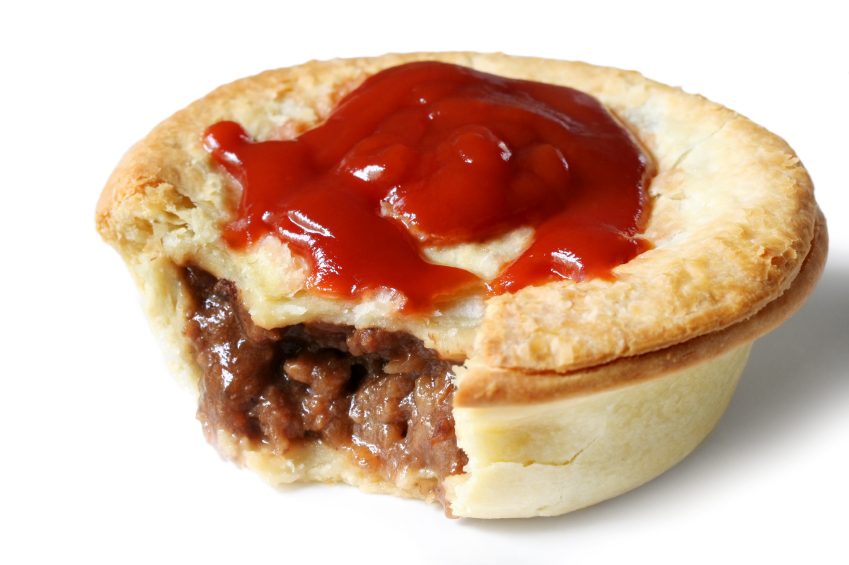
Study finds salt content in Australian ready-to-eat meals remains excessive
The salt content of ready-to-eat meals has not changed in the past four years despite global voluntary targets to reduce salt content in food and the surge in the number of such products on supermarket shelves, a new study by The George Institute for Global Health has found.
Australians are consuming between seven and 12 grams of sodium per day, significantly more than the recommended daily amount of four grams, placing themselves at significant risk of high blood pressure, the leading cause of death and disability worldwide.
The new study found that only 57% of ready–to-eat meals met the salt reduction target set in 2011 by the Australian Division of World Action on Salt and Health (AWASH), according to Anthea Christoforou of The George Institute.
"The high levels of sodium identified in these products coupled with the growth in sales of these products suggest that ready-to-eat meals are now a significant contributor to Australian daily salt intakes," Ms Christoforou said.
"We found that newly introduced ready-to-eat meals had slightly less sodium than meals that had been discontinued the year before, but that sodium levels in well-established, market favourites remained stable, pointing towards a lack of reformulation by industry," she said.
"The study's outcomes were in stark contrast to a similar study conducted in the United Kingdom which showed a 45% decrease in the sodium content of UK ready meal products over a four year period.
As 75% of dietary sodium is derived from processed foods, key to any salt reduction strategy is engaging the food industry to reformulate products to set targets.
"The lack of substantial progress in decreasing the sodium in Australian products points to a greater need for industry coordination and government leadership. The Australian Government's Food and Health Dialogue (FHD) commenced in 2009 and has made salt reduction a priority, however, the FHD have not yet set targets for ready-to-eat meals"
Investigators also found clear and significant differences in salt content in similar products depending on the manufacturer. For example, a frozen cottage pie manufactured by one company had nearly double the amount of sodium per 100g as a frozen cottage pie from a competing brand.
The study, titled Changes in the sodium content of ready-to-eat meals from 2008-2011' was published in the Asia Pacific Journal of Clinical Nutrition on 31 January 2013 and is an outcome of a National Health and Medical Research Council funded program to monitor changes in the composition of foods.


